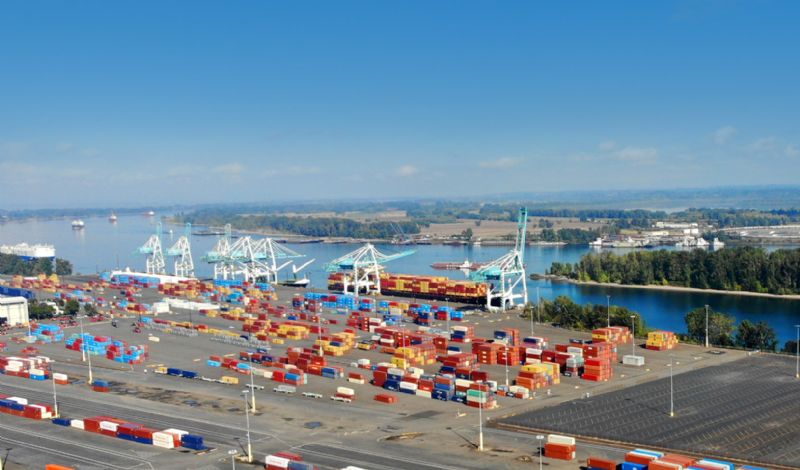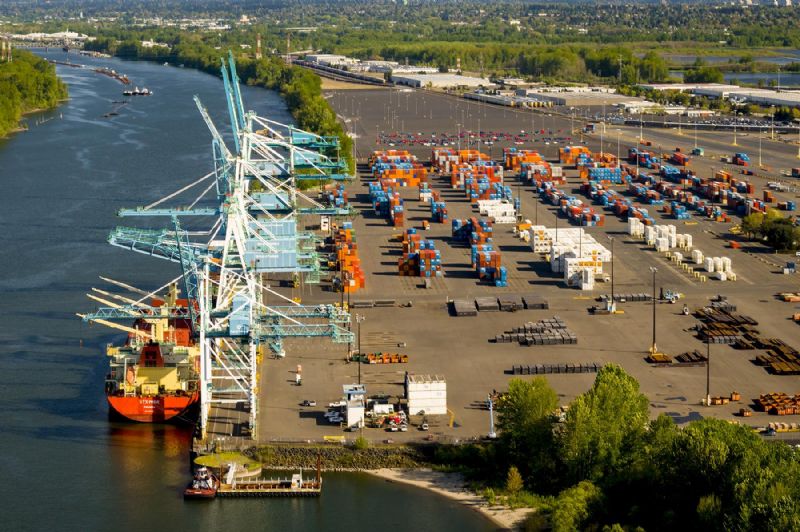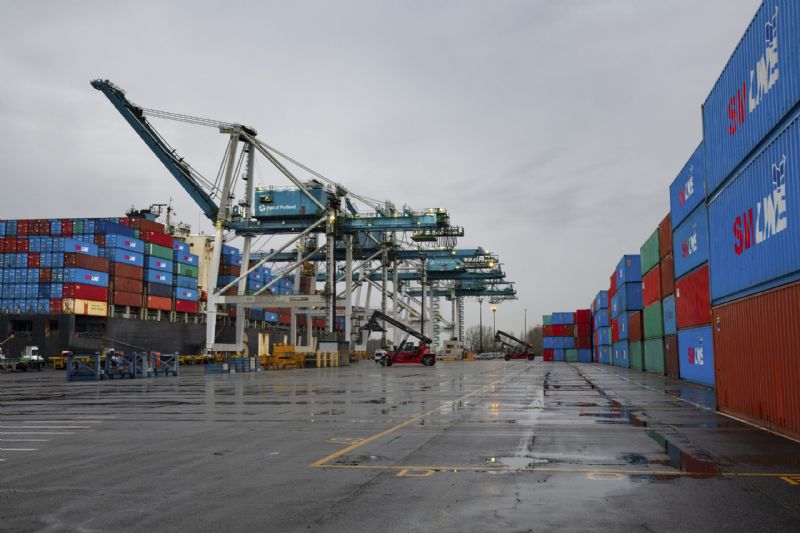
The Port of Portland, Oregon’s only ocean-going seaport, submitted its revised comprehensive business plan to Governor Tina Kotek as part of the state’s promise to lead a rescue of the financially troubled container terminal operations. The operation is currently losing more than $12 million a year but with state aid, they envision doubling container volume over the next five to seven years as the operation reaches financial sustainability and provides a vital service to Oregon’s businesses.
Governor Kotek required the revised plan as part of her pledge to provide financial support to maintain the container service. With mounting financial losses and the collapse of negotiations for a private operator, port officials in April said they faced no choice but to suspend container operations as of October 1. A month later, however, it reversed course after the governor promised to provide stop-gap funding and said she would include long-term investments and funding for channel maintenance in the state’s budget. In total, she is proposing $40 million in future support to the port for its container operations.
The port emphasizes the financial contribution it makes to the state and is a vital service to businesses primarily in the agricultural sector. Seafood, grain, animal feed, building supplies, tires, and more all move through the port. Many shippers prefer the nearby port versus sending their goods overroad to Washington state’s larger ports. However, like many smaller, regional ports, Portland found itself under pressure when the pandemic-induced shipping surge slowed.
The Port of Portland writes in its plan that it has sustained financial losses due to factors outside its control. It is more than 100 miles from the ocean and the Columbia River has limited depth to accommodate the largest vessels. In addition, it is a relatively small consumer market and port officials in the past said they were hurt by the loss of a rail service partner BNSF that had provided a connection to Seattle and Tacoma.
The port’s biggest problem however came from a long-running dispute between the International Longshore and Warehouse Union (ILWU) and then operator of T6 ICTSI. The operator ultimately ended its contract because of the jurisdictional labor dispute and the port assumed direct control of the terminal. The labor issues have been settled but it further chased away shippers.
The port calls for negotiating new rates with the container shipping companies and says it has negotiated labor efficiencies with ILWU and fee reductions with the terminal’s stevedores for containers. They are now working on a new marketing plan but admit that volume is the most critical factor. Next year they believe they can add 10 percent to the current volume of just around 600,000 TEU annually. That would contribute nearly $1 million to operating income. They project cutting losses to around $10 million annually.
The port however says it cannot sustain the operation without significant investment from the state. Governor Kotek promised $5 million in immediate operational support from the state’s Joint Emergency Board which is due to meet in September. The governor also promised $35 million in her budgets between 2025 and 2027 which would provide an additional $20 million in investment capital and $15 million for dredging and improvements in the river. However, the governor’s plan says as much as $70 million would be required for the river with the state seeking to renew grants from the federal government.
The port says it has subsidized the container operations despite significant financial losses over many years. The business plan addresses the governor’s concerns and they point out it has received strong support from the business community including importers and exporters and major businesses including supermarket operator Kroger and Columbia Sportswear. Labor representatives are also vowing to support the efforts to rescue the port’s container operations.
Terminal 6 has berths for five vessels and seven container cranes, including four Panamax cranes. The bulk of the port’s volume is in RoRo and bulk cargo which would not be impacted if the container operations do not continue.



We use cookies to improve your experience. By continuing to use our site, you accept our Cookies, Privacy Policy,Terms and Conditions. Close X